
Blue King Crab Chefs Resources
Blue king crabs typically live between 3-4 years. They reach maturity at a 18 months. Approximately fifty percent of blue king crab reach maturity upon reaching 5 inches. However, female St. Matthew Island and Diomede crabs achieve this milestone at a smaller size - just 3 inches!
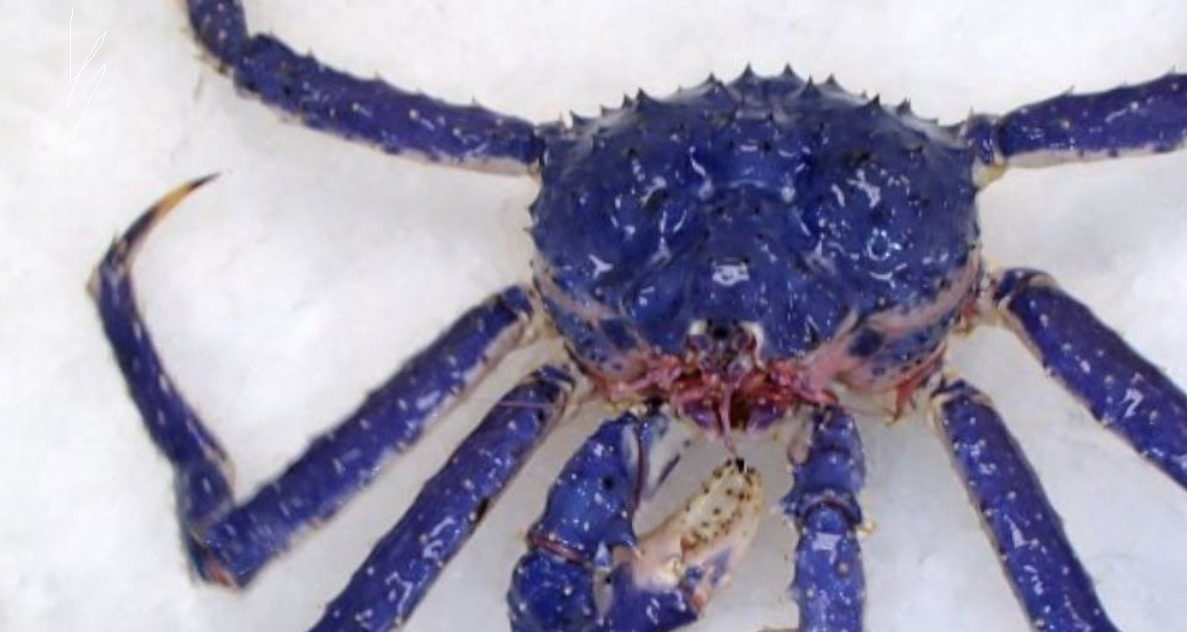
Everything You Need to Know About Blue Alaskan King Crab
General Description. Blue king crab, like all king crabs are decapod or "ten-legged" crustaceans that have "tails," or abdomens, that are distinctive, being fan-shaped and tucked underneath the rear of the shell. They also have five pairs of legs; the first bears their claws or pincers, the right claw is usually the largest on the adults.

Blue King Crab Facts & Information Guide American Oceans
Blue crab contains about 1.5 grams of fat per 100 grams of meat, while king crab has approximately 1 gram of fat per 100 grams of meat. Both types of crabs are relatively low in saturated fat, making them a healthier choice compared to other protein sources.

AKCRRAB News Flash, December 2013 Alaska Sea Grant
The blue king crab, Paralithodes platypus, lives near St. Matthew Island, the Pribilof Islands, and the Diomede Islands, Alaska, and there are populations along the coasts of Japan and Russia. Blue king crabs from the Pribilof Islands are the largest of all the king crabs, sometimes exceeding 18 lb (8 kg ) in weight.

AKCRRAB News Flash, April 2014 Alaska Sea Grant
The blue crab is a highly sought-after shellfish. Blue crabs live up and down the Atlantic Coast and in the Gulf of Mexico and are caught by both commercial and recreational fishermen. Its scientific name— Callinectes sapidus —translated from Latin means 'beautiful savory swimmer.'. Blue crabs are the most valuable fishery in the Chesapeake.
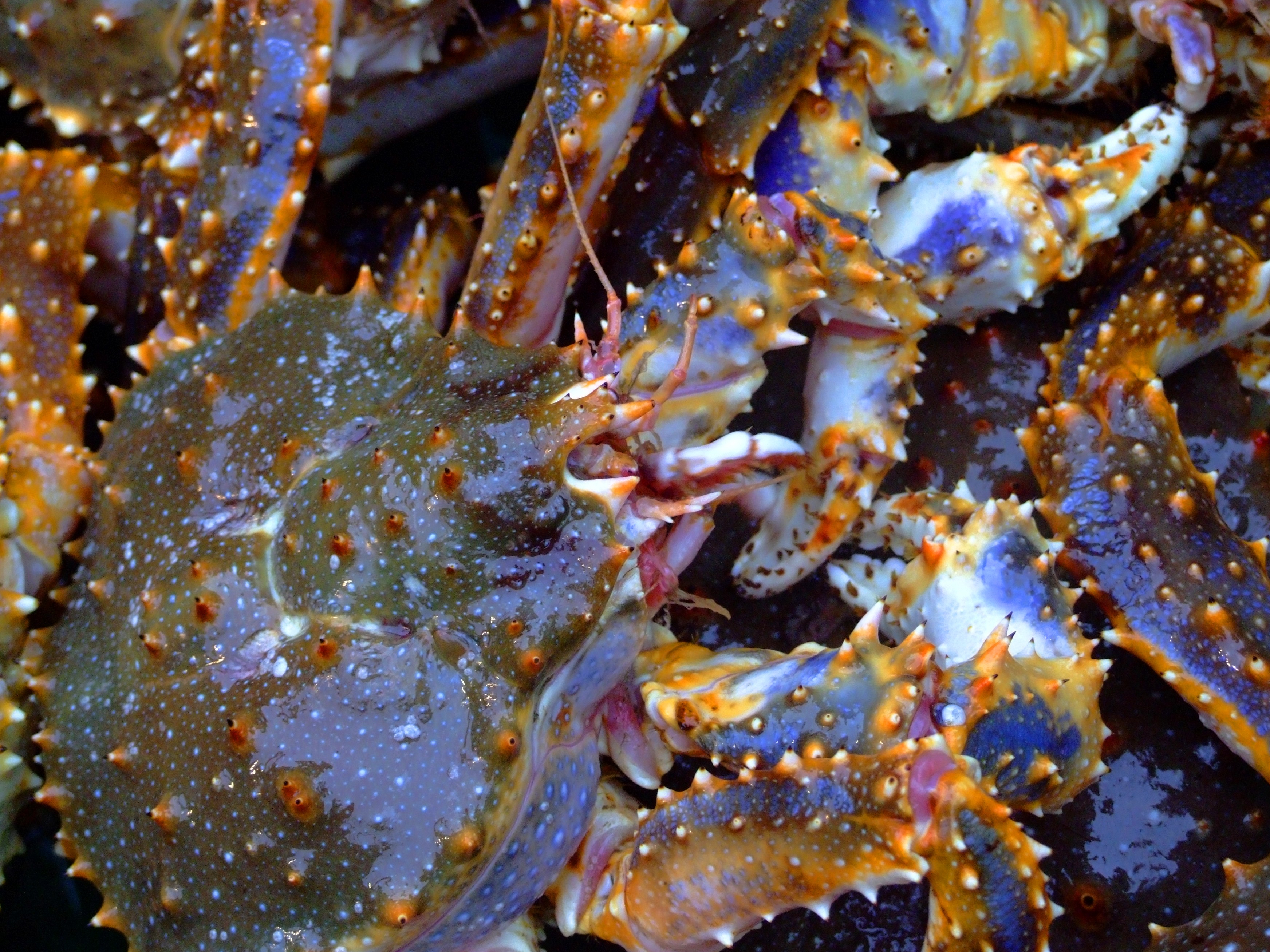
Researchers aim to protect the Bering Sea's rare blue king crab while preserving fisheries
Buy king crab online which can be served dressed or in the form of soups such as bisque or bouillabaisse, p"t', mousses and hot souffl'. The health benefits of crabs are numerous. Crabs have a high content of proteins, vitamins and amino acids. Also rich in essential minerals, crab meat is low in fat and carbohydrates.
Rare bluecoloured king crab found off the coast of Alaska r/RealLifeShinies
The blue king crab, being lesser in numbers and more difficult to find, only makes up 15% of the king crab industry. View this post on Instagram. A post shared by Rick Hibpshman (@crappywildlifephotography) People generally describe the blue king crab as having a slightly sweeter and more mild taste than other king crabs.

Average King Crab Weight IsabelewaGilmore
There are three kinds of king crab; red, blue and golden. Nutrition Protein. 16g . Omega 3. 351mg. Vitamin B-12. 9.8mcg (408% DV). Red king crab is historically the most commercially valuable shellfish in Alaska, roughly 854 million pounds, worth $2.5 billion* has been harvested since 1975. *Not adjusted for inflation

King Crab At Aquarium Ocean Dark Blue Bottom Stock video footage 8960591
Paralithodes platypus, the blue king crab, is a species of king crab from cold waters in the North Pacific Ocean and adjacent seas. [2] Although blue king crabs are among the largest crabs in the world and reputedly may exceed 18 pounds (8.2 kg) in weight, [3] they are generally smaller than red king crabs. [4]
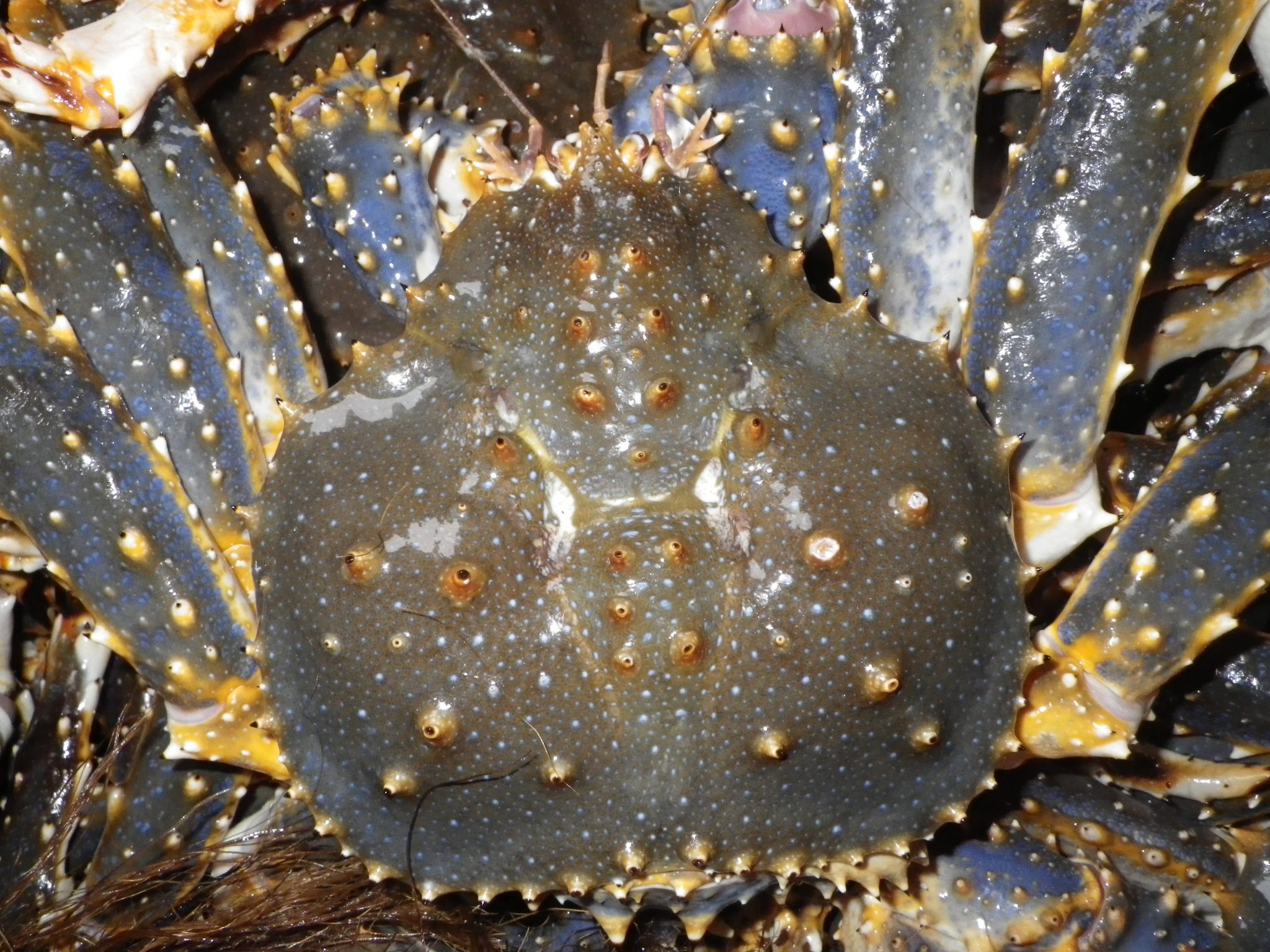
Low harvest goal set in Southeast's limited golden king crab commercial fishery KFSK
Offering a buttery taste and a savory finish, blue king crab is a delightful catch. Prepare it as you would other king crabs to enhance the natural flavor and keep seasoning to a minimum. Clean and pure is always best. Blue Alaskan king crab live in deeper and colder conditions than red king crabs. Fishers use traps to catch blue king crab.

King Crab At Aquarium Ocean Dark Blue Bottom Stock video footage 8960593
King crab, (Paralithodes camtschaticus), marine crustacean of the order Decapoda, class Malacostraca. This edible crab is found in the shallow waters off Japan, along the coast of Alaska, and in the Bering Sea. The king crab is one of the largest crabs, weighing 5 kg (11 pounds) or more. Its size

Cookedfrozen Blue King Crab
2020 Alaska Crab Stock Assessment And Fishery Evaluation Report. This Fisheries Management Plan includes all species and fisheries for Alaska crab (red, blue, and brown king crab, Tanner crab, and snow crab). In-season management of these fisheries is provided by Alaska Department of Fish and Game in Kodiak. March 08, 2022 - Assessments ,

Cookedfrozen Blue King Crab
The blue king crab is a decapod - it has ten legs. Its spiny exoskeleton and carapace, or shell, help protect it from predators. The blue king crab must shed the shell regularly while the crab is growing. Its exoskeleton does not expand, so it must molt off the crab as the crab grows, revealing a new shell underneath.
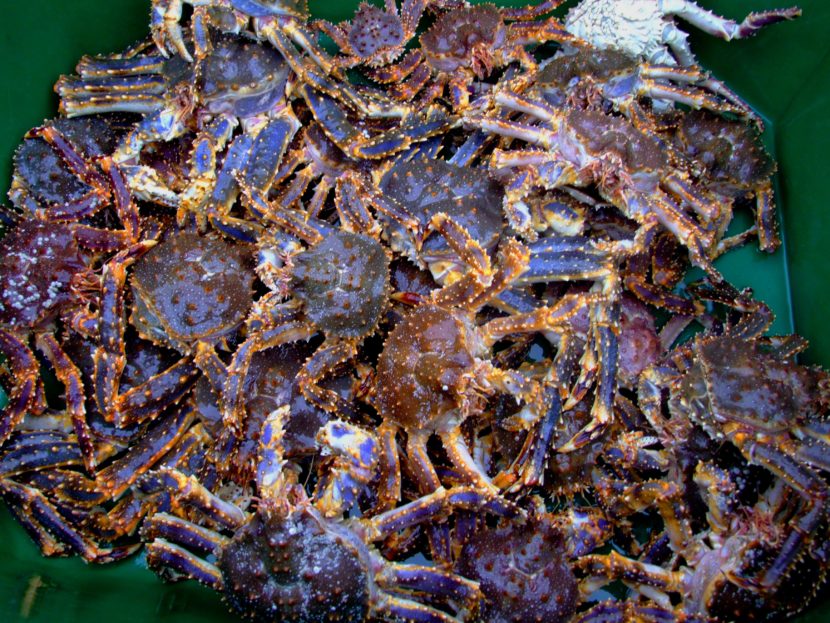
Pribilof scientists work to bring back decimated blue king crab population Alaska Public Media
4 Summary Three species of king crab are found in Alaskan waters: red king crab (Paralithodes camtschaticus), golden (brown) king crab (Lithodes aequispinus), and blue king crab (Paralithodes platypus).). King crab stocks in the U.S. have had a history of moderate susceptibility and vulnerability to fishing pressure.

Blue King Crab Facts & Information Guide American Oceans
Golden King Crab is an economical option for consumers looking for gourmet Alaskan king crab. The mild-tasting meat of the Golden King Crab is pure white in the center with red highlights along the outside. Male golden king crabs are primarily harvested around the Aleutian Islands and average 4 - 7 lbs. Alaskan red king crab (cooked)

THE GIANT BLUE CRAB! King of Crabs Ep4 YouTube
The blue king crab is the largest king crab species and one of the largest crustaceans. In the past, this species supported a large fishery, worth millions of dollars, but numbers have been reduced to the point that commercial fishers no longer target the blue king crab directly. It lives on soft bottom habitats throughout the Bering Sea and.